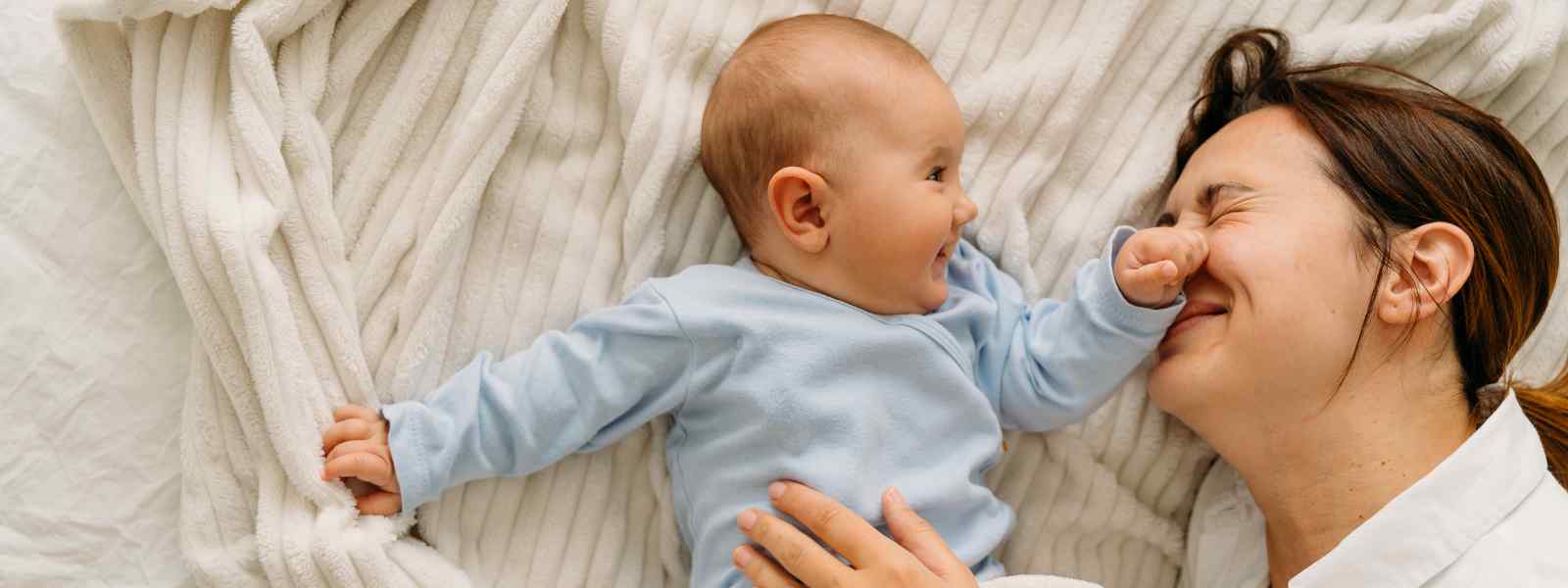We explore children’s innate curiosity and interest in the world as a driver for growth and learning, both solitary and in companionship with others. This generative power of the human individual drives agency has its origins in the earliest conscious experiences in utero. How this agency is received and supported shapes cognition, emotion, social development, and learning. We investigate these processes from an evolutionary and developmental perspective.
We consider how behaviours like imitation, early communication cues, and social interaction develop in childhood and evolve in primate speciation. By understanding these processes, we aim to gain insights into how neurodevelopmental psychology is shaped, typically and atypically.
